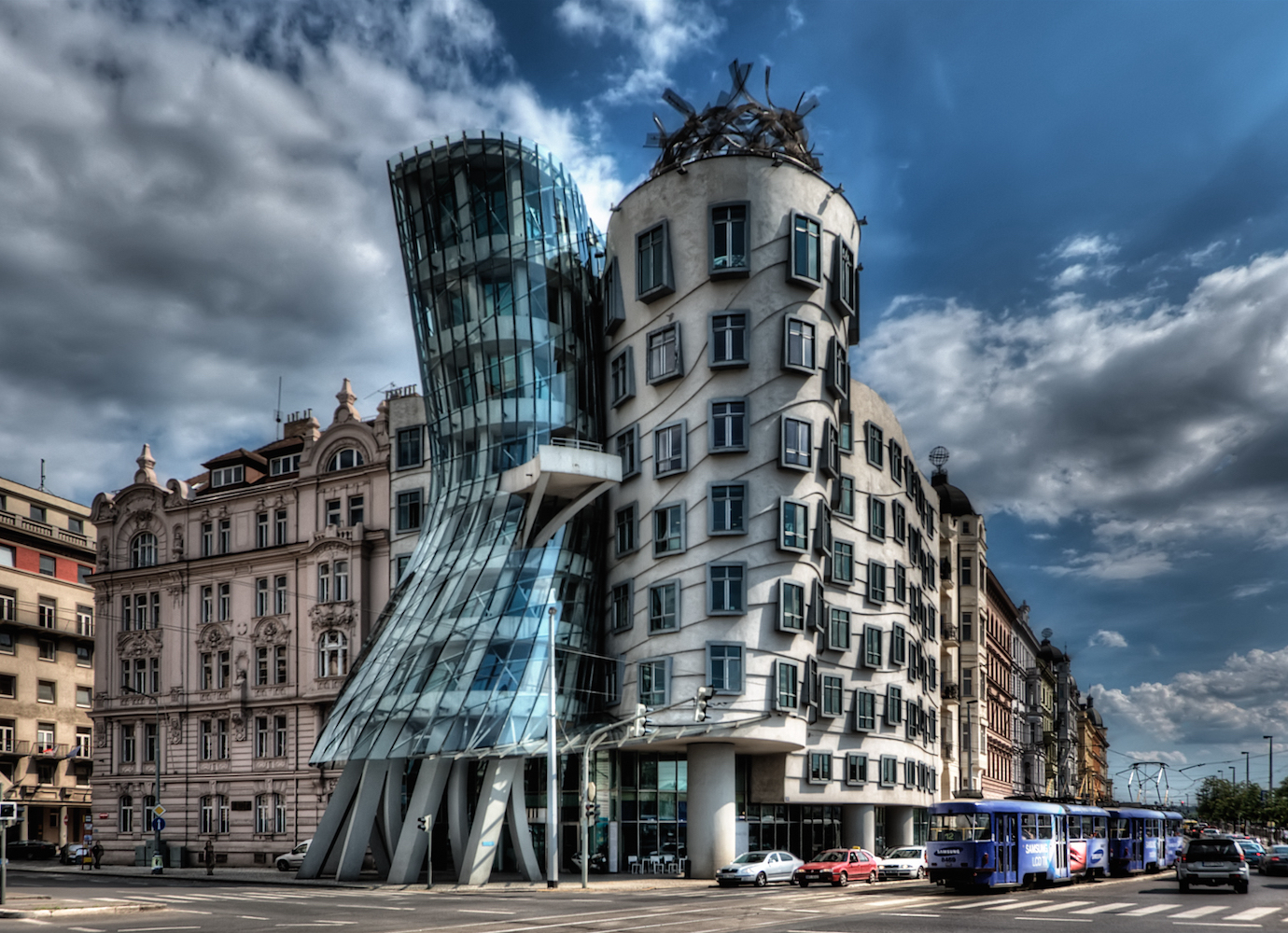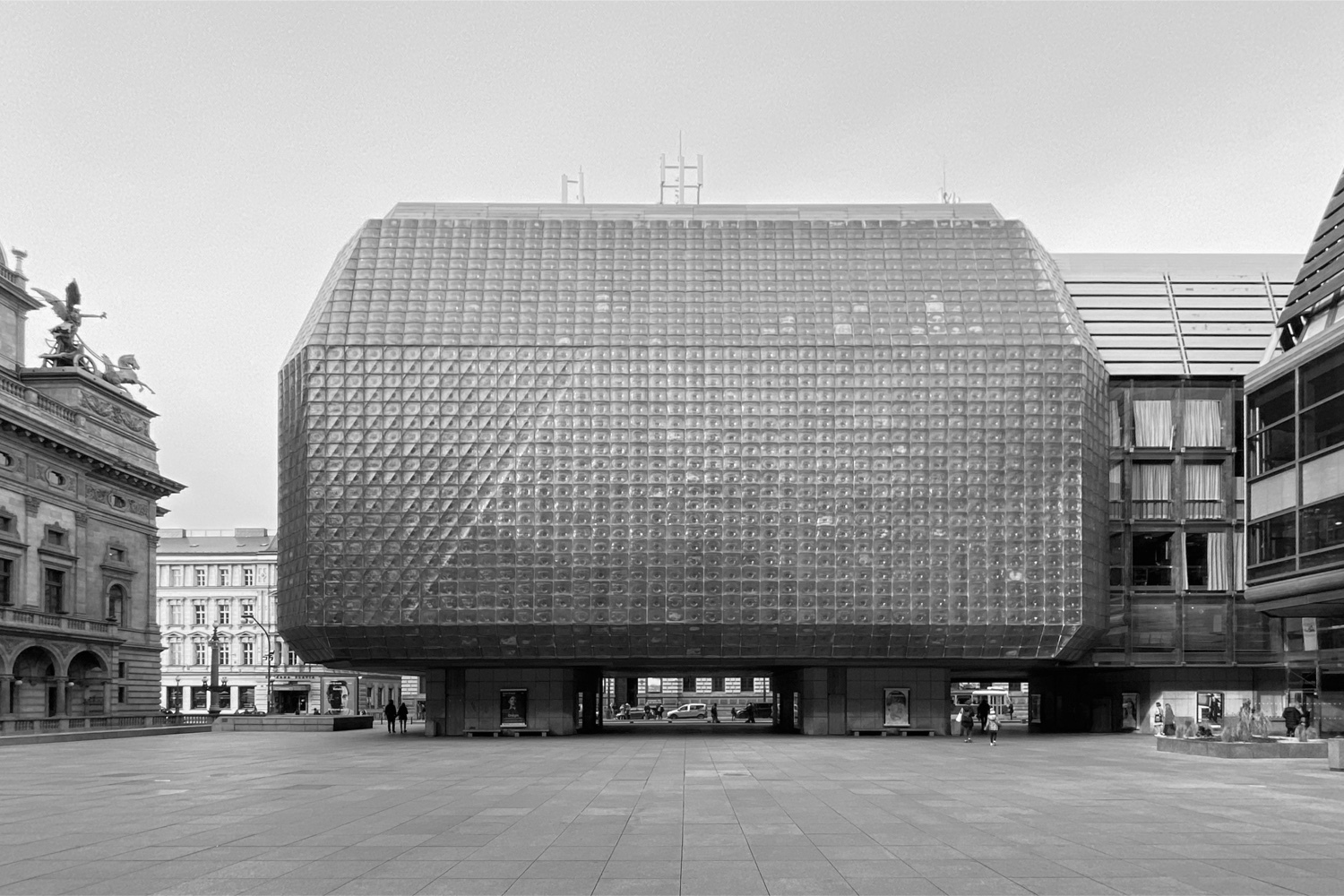Prague’s Dancing House is a deconstructivist oddity among baroque, gothic and art nouveau buildings | Concrete Ideas

On Prague’s Vltava river bank, the homogeneous cityscape is interrupted by a contorted, quirky building nicknamed the Dancing House: a nine-floor construction with a glass tower that appears to be buckling inwards.
It was designed in 1992 by Croatian-Czech architect Vlado Milunić and Canadian-American architect Frank Gehry, and finalised four years later. Upon its inauguration in 1996, it was met with disapproval for its jarring appearance among the surrounding Baroque, Gothic, and Art Nouveau buildings for which Prague is known for.
In spite of its unusual appearance, the building design does in fact have historic significance. The Dancing House was built on the site of a house destroyed by the United States’ bombing of Prague in 1945. The plot remained vacant for over 50 years. The neighbouring plot was owned by the family of the then-little known dissident Václav Havel, a good friend of renowned Czechoslovak architect Vlado Milunić. Havel and Milunić first dreamed up the idea for the house In the 1980s. It so happened that during the 1989 Velvet Revolution, Havel became a popular leader and was later elected president of independent Czechoslovakia, and decided to commission Milunić to realise their project.
Initially, they approached French architect Jean Nouvel, who turned down the project for lacking adequate space. It was Frank Gehry who accepted the invitation. The building was envisioned as an important cultural centre. In the end, Dutch insurance company Nationale-Nederlanden (formerly ING Bank) agreed to sponsor the construction on grounds that it could use the building for its offices.
The building’s asymmetrical deconstructivist design was meant to symbolise Czechoslovakia’s transition from a communist regime to a parliamentary democracy. The glass tower, supported by 99 concrete panels and curved pillars, gives the illusion of being soft and malleable, appearing to be pinched in the middle. Inside, the room layout has also been designed to be asymmetrical, and draws on ship design to get the most out of the small space.
Gehry originally wanted to name the house Fred and Ginger, after dancers Fred Astaire and Ginger Rogers, but the name never caught on, possibly because the reference was alien to Prague’s citizens. The name that stuck was Dancing House, in part because the two asymmetrical towers resemble two partners in close embrace.
Today, alongside the bank’s office spaces, Prague’s Dancing House also houses a restaurant, commercial spaces, an art gallery, and a 21-room luxury hotel. Despite the controversy surrounding its design, it has achieved cult status, and was even recently immortalised on a special edition gold Czech Crown coin issued by the Czech National Bank.
.jpg)

